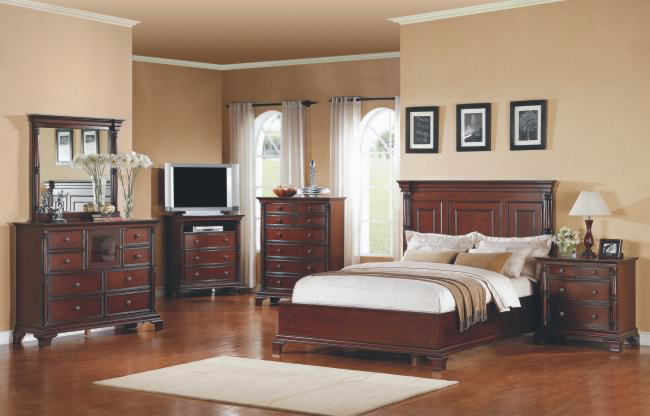Reduced Operating Costs
Efficient commercial kitchen design can have a significant impact on a restaurant's operating costs. By incorporating lean principles and using energy-efficient equipment, restaurants can save money on utilities and maintenance expenses. By optimizing the layout and eliminating unnecessary space, restaurants can also reduce rent costs. This cost-effective approach to design allows restaurants to allocate more funds towards enhancing the overall dining experience for customers.
Increased Productivity
An efficiently designed commercial kitchen can greatly improve a restaurant's productivity. By optimizing the workflow and minimizing unnecessary steps, employees can work more efficiently and effectively. A streamlined kitchen with properly placed equipment and designated work areas can also help to reduce the risk of employee accidents and injuries, keeping staff on the job and boosting productivity.
Eco-Friendly Design
With growing concerns about the environment, it is important for restaurants to consider eco-friendly design in their commercial kitchen. By incorporating sustainable materials and energy-efficient equipment, restaurants can reduce their carbon footprint and save money on utility bills at the same time. Customers are also becoming more environmentally conscious, so having an eco-friendly kitchen can attract and retain a larger customer base.
Better Organization and Workflow
A well-designed commercial kitchen improves organization and workflow, leading to a smoother and more efficient operation. Having designated areas for food preparation, cooking, and cleaning can prevent kitchen congestion and reduce the risk of cross-contamination. With a clear and organized layout, staff can easily navigate the kitchen and work together to prepare dishes in a more timely and effective manner.
Improved Safety and Cleanliness
The safety and cleanliness of a kitchen are crucial in the foodservice industry. An efficiently designed kitchen can improve both aspects. With designated workstations and proper storage, the risk of accidents and spills is minimized. Additionally, incorporating features such as anti-bacterial surfaces and easy-to-clean materials can help maintain a clean and sanitary work environment, satisfying health inspections and ensuring the safety of customers.
Better Energy Efficiency
A well-designed commercial kitchen can also lead to improved energy efficiency. Kitchen equipment that is strategically placed and properly maintained can use less energy, saving restaurants money on utility bills. Energy-efficient appliances, such as induction stoves and ENERGY STAR certified refrigerators, can also help reduce energy usage and costs.
Enhanced Equipment Performance and Longevity
Efficient commercial kitchen design not only improves the overall operation, but it can also enhance equipment performance and longevity. By properly placing and maintaining equipment, restaurants can minimize the risk of breakdowns and repairs. This can save money on maintenance costs and ensure that equipment lasts longer, reducing the need for replacements or upgrades.
Optimized Space Usage
Commercial kitchens are often limited in space, making it crucial to optimize space usage. An efficient design can help make the most out of a small kitchen, maximizing storage space and creating room for multiple workstations. This also allows for the potential to expand or reconfigure the kitchen in the future without having to completely overhaul the existing design.
Increased Customer Satisfaction
An efficient commercial kitchen design can play a crucial role in increasing customer satisfaction. With optimized workflow and a well-organized kitchen, employees can prepare and serve dishes quickly and consistently, leading to happier customers. A streamlined kitchen can also help reduce wait times and maintain food quality, ensuring that customers have a positive dining experience.
Improved Food Quality and Consistency
Properly designed and equipped commercial kitchens can also result in improved food quality and consistency. With designated workstations for food preparation and cooking, chefs can focus on creating high-quality dishes without interruptions or delays. This leads to consistent and reliable flavor and presentation for customers, increasing their satisfaction and likelihood of returning.
The Importance of Proper Ventilation for Efficient Commercial Kitchen Design

The layout and functionality of a commercial kitchen play a crucial role in the success of any restaurant or food business. However, one aspect that is often overlooked is the importance of proper ventilation . Efficient ventilation is essential for any commercial kitchen, as it not only improves air quality and maintains a comfortable working environment, but it also has a significant impact on the energy efficiency and overall operation of the kitchen.
Improves Air Quality

A poorly ventilated kitchen can quickly lead to a buildup of heat, smoke, and airborne grease particles. This not only creates an uncomfortable working environment for the kitchen staff but can also pose a health and safety hazard. Over time, these particles can accumulate on surfaces and equipment, increasing the risk of fires and creating an unsanitary environment. By investing in efficient ventilation systems , these pollutants are continuously being removed, creating a clean and safe environment for both workers and customers.
Energy Efficiency

Proper ventilation can help reduce energy costs in a commercial kitchen. A well-designed ventilation system can effectively remove heat and moisture from the space, reducing the strain on air conditioning systems. This leads to lower energy consumption and utility bills. Additionally, efficient ventilation can help reduce the amount of work required for heating and cooling, further improving energy efficiency and reducing costs in the long run.
Optimizes Kitchen Operations

An efficient ventilation system not only improves air quality and energy efficiency, but it can also have a significant impact on the overall functionality of a commercial kitchen. Proper ventilation can help control the temperature and humidity levels in the kitchen, creating a more comfortable working environment for the staff. It also helps to remove unwanted odors and excess steam, which can interfere with the cooking process. This leads to a more productive and efficient kitchen, ultimately resulting in higher quality and faster food service for customers.
In Conclusion

In conclusion, efficient ventilation is a crucial aspect of any commercial kitchen design. Not only does it improve air quality and maintain a comfortable working environment, but it also has a significant impact on energy efficiency and the overall operation of the kitchen. As food businesses continue to compete in a crowded market, investing in proper ventilation will not only create a safe and healthy environment for employees and customers but also contribute to the success and profitability of the business in the long run.






































































































